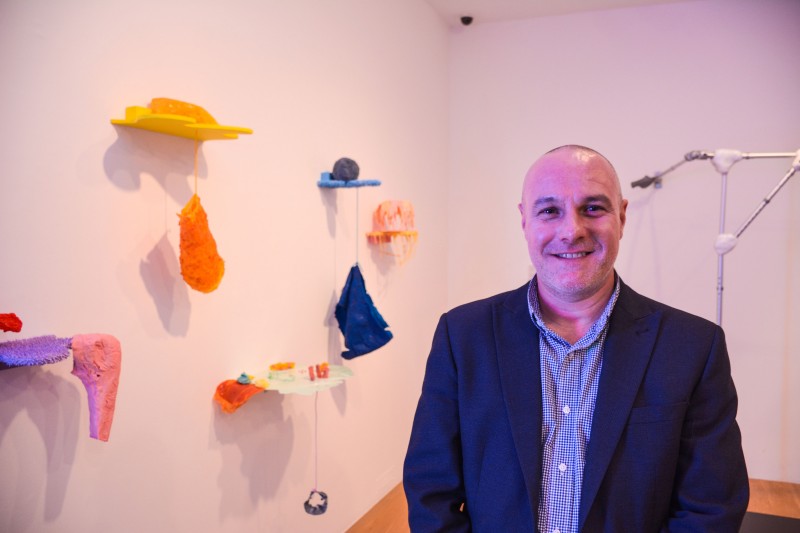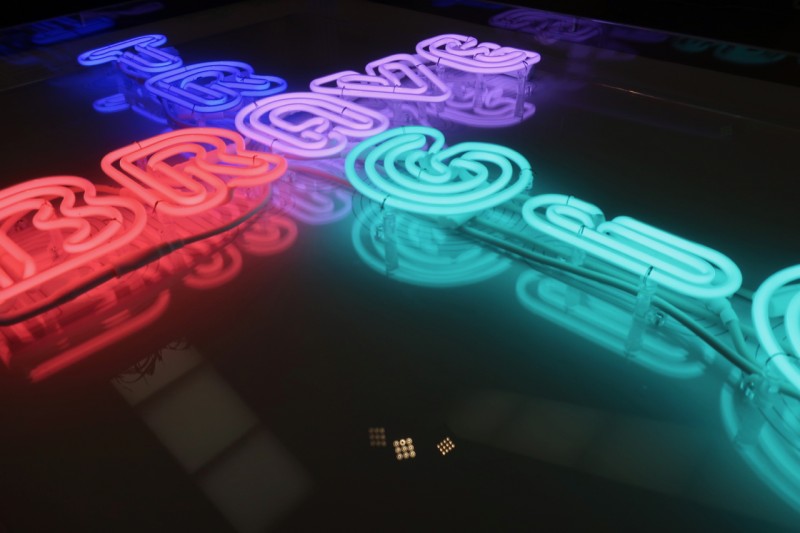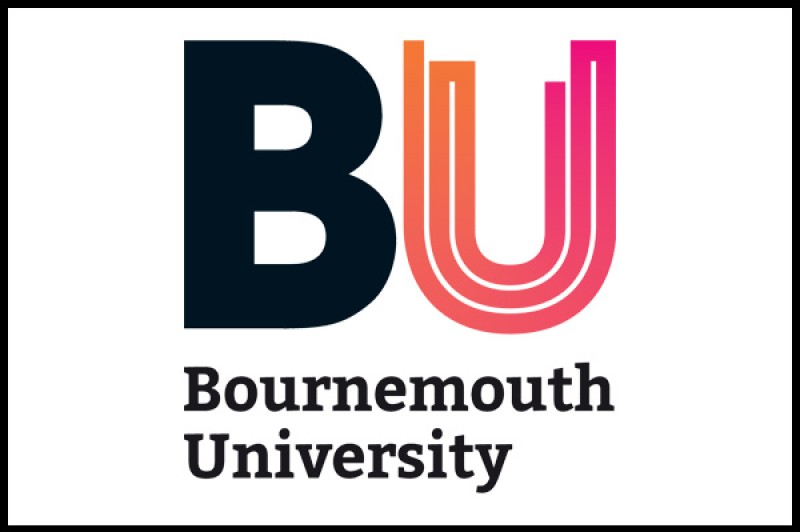‘Re-presenting para-sport bodies: Disability & the cultural legacy of the Paralympics’ is the first funded academic study of its kind, working to provide an urgently required – and previously lacking – evidence base regarding media coverage of para-sports.
In doing so, it aims to create a lasting legacy by influencing policy and guidelines within a variety of organisations, as well as creating outputs that can inform ongoing research and discourse in this area.
The first of these outputs, Giving Disability the ‘Hollywood Treatment’: Channel 4 and the Broadcasting of the Paralympic Games, won the Best paper prize for the International Communication Association (ICA) Annual Conference Sports Communication Division for 2018. Among the other outputs will be a project documentary produced by RedBalloon Productions, to be screened at national and European Film Festivals.
Led by BU’s Professor Michael Silk, the project’s interdisciplinary team spans five universities, collectively producing collaborative research and creative work that can reframe public and academic debates about para-sport representations, ensure elevated disabled voices, and provide maximum benefits for the public, policymakers, Paralympic host cities, and media practitioners.
The background
The 2016 Paralympics in Rio were a huge success for Team GB, who collected 147 medals, their highest total since the 1988 Games in South Korea. As in 2012, extensive media coverage of the Games celebrated the achievements of Britain’s ‘super humans’. But whether that coverage made a difference to the lives of people with disabilities was not clear. Had success on the track and field been replicated in terms of shaping public perception of and attitudes towards people with disabilities?
To answer this question, researchers at BU, in collaboration with colleagues at Loughborough University, the University of Bath, Nottingham Trent University, and the Western University, Ontario, were awarded a grant in 2017 from the Arts and Humanities Research Council (AHRC).
“How people with disabilities are treated in everyday life is influenced by the way that they’re portrayed in the media, but there is very little evidence to explain exactly how the visibility of para-sport athletes makes a difference to the everyday lives of people with disabilities,” explains the project’s Principal Investigator, Professor Silk. “There is a need to find out how para-sport broadcasts are put together and what audiences think of such coverage. This can help us to understand how such coverage changes the way people with disabilities are treated and perceived.”
Watch the Paralympic Games’ 2016 playlist
This 30-month project builds on previous research conducted at BU that explored the way in which athletes with disabilities were represented in the media during the 2012 Paralympic Games.
The project asks critical questions about the relationship between Paralympic coverage and the experiences of daily life for people with disabilities. Audience data alongside national survey results (conducted in conjunction with UK Sport) are beginning to explore how the general public understand disability as represented through para-sport coverage. The intent is to take these findings back to broadcasters and national governing bodies to further influence media representations of para-athletes to ensure they are inclusive and contribute toward progressive societal change.
Professor Michael Silk
Professor and Deputy Dean (Research & Professional Practice) in the Bournemouth University Business School
We want to further enhance para-sport coverage so that it’s inclusive, stereotype-free and continues to make a difference to the daily lives of people with disabilities.
Better presentation
“The coverage of the last two Paralympic Games has certainly elevated the visibility of certain types of disability,” says Professor Silk, “and this might open the door to potential social change. Despite this, much work is needed to better understand the ways in which athletes are presented in the media, how audiences make sense of such depictions, and the very real barriers faced by people with disabilities when participating in everyday life.”
The research for this project addresses how different audiences make sense of Paralympic coverage. The project team is working with a wide range of people and organisations – including Paralympics GB, former Paralympians, disability artists and activists – to develop recommendations that will impact future coverage of para-sport.
“Ultimately, we hope that our project will help to positively influence the way that para-athletes are portrayed through Paralympic broadcasts across the world,” says Professor Silk.
The benefits of the project will be felt by varied stakeholders. These include para-sport broadcaster Channel 4 and strategic partners, who fully support the project and anticipate receiving guidelines on coverage of future para-sports events. Policymakers (for example in host cities) and the public will benefit from a greater understanding of attitudes towards disability. That in turn should promote greater debate over full human rights and participation in sport for all.
Award-winning impact
The first example of this impact can be found in the aforementioned, award-winning paper, Giving Disability the ‘Hollywood Treatment’: Channel 4 and the Broadcasting of the Paralympic Games, which analysed broadcast coverage of the 2016 Paralympics and interviewed senior production and promotion staff from Channel 4.
The aim was to find out more about the editorial decision-making process. The study explored the use of controversial promotional devices such as athletes’ backstories – the “Hollywood treatment” – and the impact that this had on audience perceptions and attitudes towards disability.
Audience data is set to be translated into a number of creative artworks and a forthcoming documentary film; the ongoing, public, accessible and open communication embedded within this research aims to leave a lasting legacy – reaching the widest possible audience in the process.
Bodyparts exhibition
The bodyparts exhibition took place in London in July 2019. The exhibition mixed light, colour, sound and visualisation to create an interactive interpretation of the research through art, with disabled and non-disabled artists invited to take part.
Professor Mike Silk from Bournemouth University, who led the research, said, “The exhibition has taken a large part of our data, and taken the words of the general public and brought them to life and given them a feeling, given them an emotion and given them a real sense of purpose.
“The exhibition engages the senses – to touch, to listen to the exhibitions, to immerse ourselves in them; it’s a way of reaching out to the public through the medium of art to engage the public with the results of the research and challenge them with regard to their own attitudes toward disabilities.”
For more information about the exhibition, visit the online gallery or view the video below.
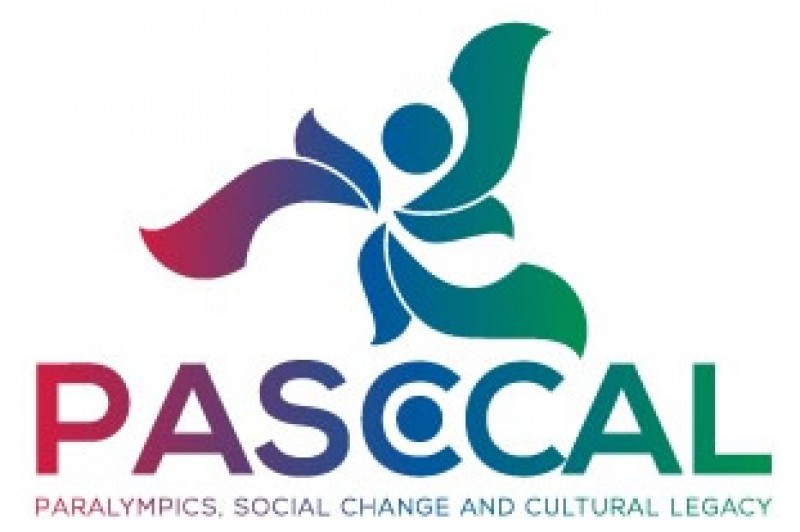 PASCCAL: Paralympics, Social Change and Cultural Legacy
PASCCAL: Paralympics, Social Change and Cultural Legacy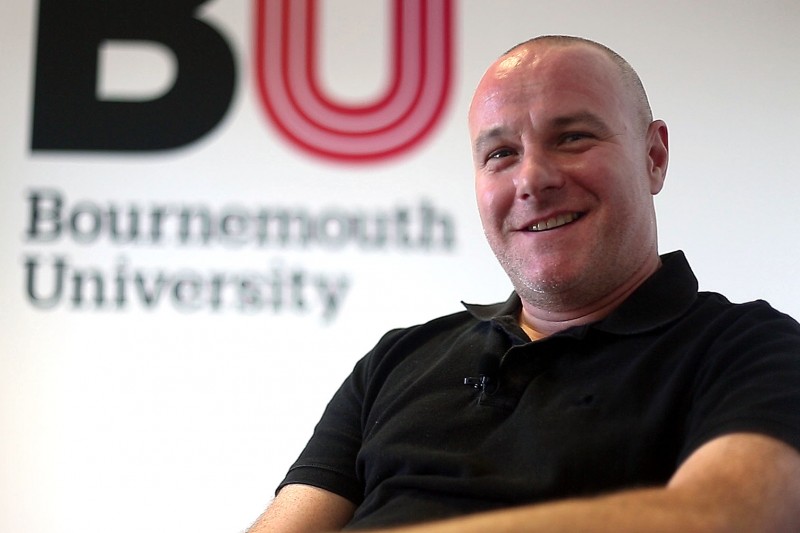 Principal Investigator Michael Silk
Principal Investigator Michael Silk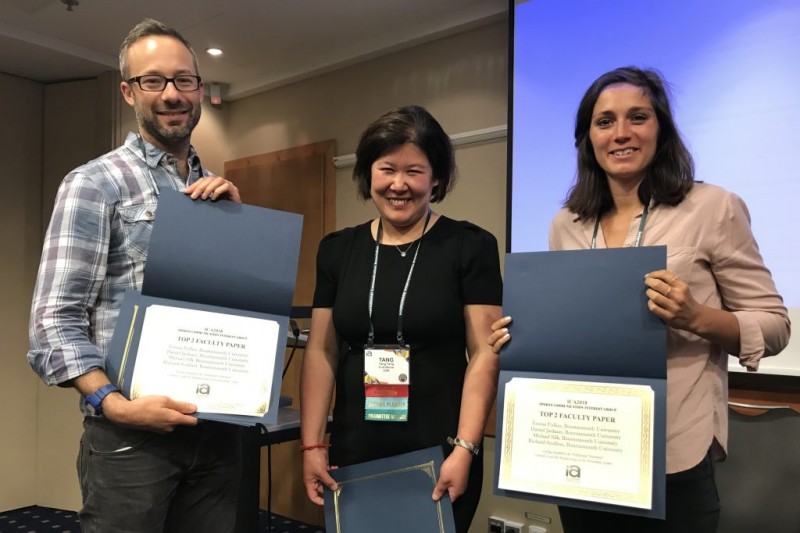 Dr Daniel Jackson (left) and Dr Emma Pullen (right), co-authors of the paper with Professor Silk and Dr Richard Scullion, collecting the award alongside presentation chair Tang Tang, of the University of Akron, USA
Dr Daniel Jackson (left) and Dr Emma Pullen (right), co-authors of the paper with Professor Silk and Dr Richard Scullion, collecting the award alongside presentation chair Tang Tang, of the University of Akron, USA